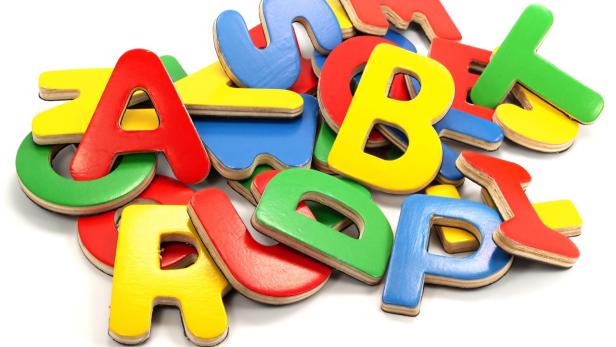
Semantic Web: Clearing Up the Language Jumble
Dieser Artikel ist älter als ein Jahr!
X1S, H4, DSRL or the budget route. Whether they are looking for cars, smartphones, cameras or tickets, customers who are looking for products don`t have it easy, and often have to learn the vocabulary used by the manufacturers. "Especially technically oriented companies have not yet realized that not everyone is interested in their vocabulary," said Andreas Blumauer from the Semantic Web Company in Vienna. But there are not only communication difficulties between companies and customers – there are also hurdles within companies. "In major companies, every product has an average of seven different names," Blumauer said, "The same product is called something else in the marketing department, in sales, and in research and development. Employees at a meeting often don`t know what someone is talking about."
The Viennese company, which has international companies and organizations among its customers, uses semantic technologies to dispel this linguistic confusion. "We want to support diversity, but also translate it into different ways of living and thinking," Blumauer said.
Knowledge models
Not only the name, but also the underlying concept is harmonized. Terms are grouped according to their meanings. Contexts are formed between related topics. In this way, different designations are assigned to products and connected with target groups and production locations.
The knowledge models are built in the companies themselves using special tools, and can be linked up with various company databases by means of programming interfaces. "The effort is not worth it for a hot dog stand, but it definitely is for large companies with tens of thousands of customers and an extensive product portfolio," Blumauer said.

© Semantic Web Company
Understanding customer desires
The knowledge model is not only applied to internal data and materials, but also helps to analyze customer feedback and to thereby better understand customer desires. Search terms that are entered on the company`s web site are analyzed along with posts on online networks like Twitter and Facebook.
"Companies are highly interested in the social media, because a lot of information can be collected there," Blumauer said. For example, Twitter hashtags are integrated in knowledge models and connected with products. An automaker would include not only hashtags about a vehicle category (like sports car, sedan or compact) in its knowledge graphs, but also product designations and models from competitors.
"You try to understand your customer`s needs, use the same words, and communicate in the same manner," Blumauer said. The knowledge gained in this way is also used to develop new products. "You have to find out what customers want, and provide this information to different departments in the company so that suitable solutions can be found."
Google Knowledge Graph
Such knowledge models are also used by Google, for example. At the beginning of December, the search engine giant enabled its Knowledge Graph, which had previously only been available on English-speaking markets, for the German-language Google search.
Google`s database already contains more than 500 million people, places and things that have been linked with each other in the Knowledge Graph, but this is rudimentary compared with all of the knowledge in the world. Knowledge graphs for companies that process considerably smaller volumes of data can be compiled quickly. An automobile manufacturer has a vocabulary of around 100,000 terms, Blumauer said.
Such semantic technologies are also used for speech recognition systems like Apple`s Siri and IBM`s Watson supercomputer, which is used in healthcare. "These are based on giant knowledge graphs," Blumauer said, "networks of things that are semantically linked." In such semantic systems, searches are no longer completed simply for strings of words. The computer recognizes meaning and relationships, and can also understand and answer questions, unlike conventional search engines.
"Asking the computer questions"
"For example, when I ask when the next Rex is coming, the system understands that I probably mean the regional express, and not a dog," Blumauer said. This requires that both meanings be saved in the knowledge graph. The system then tries to figure out which meaning applies from the context. "When the context is time, then it`s probably about a train," Blumauer explained. If it is about feelings, for example "How is Rex," then the statement probably refers to a living thing.
Google`s Knowledge Graph is also to be able to understand complete questions in the future. People don`t just use individual keywords when they talk with each other, Blumauer said, "We have to get used to being able to ask the computer questions."
Kommentare